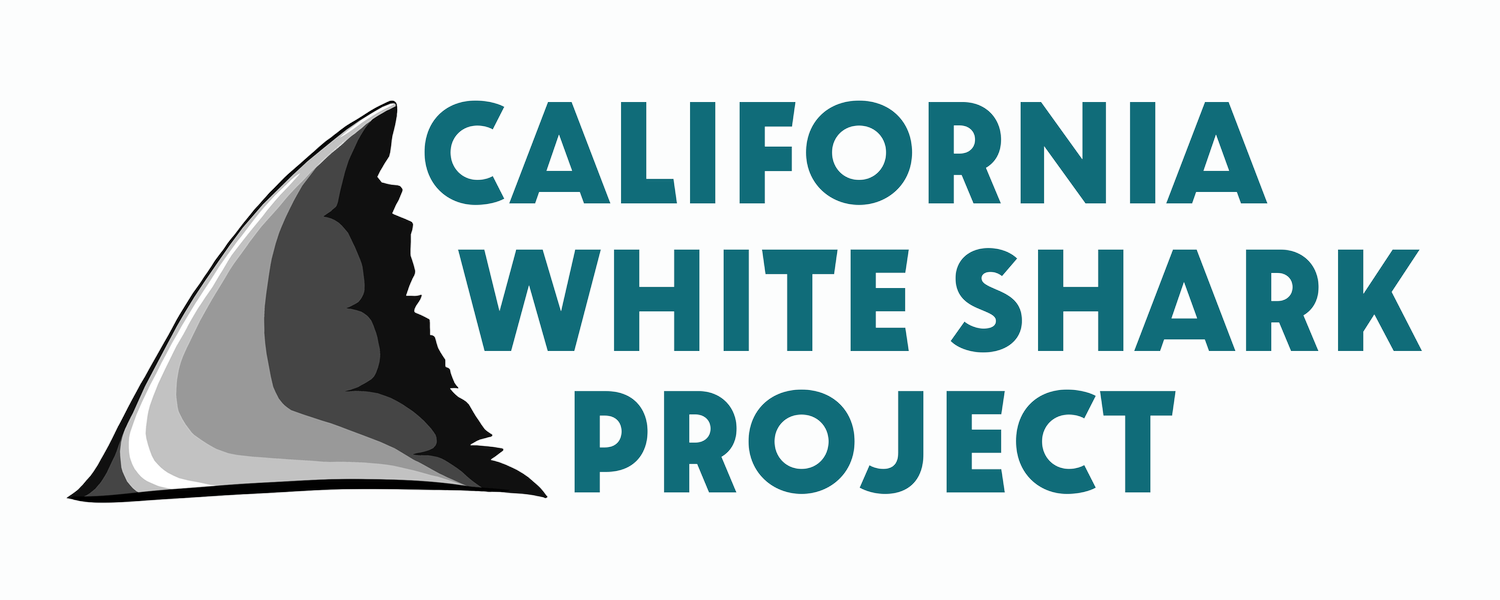What we do
The California White Shark Project aims to sustain the longest survey of white sharks in the world that began over 30 years ago. We coincide our sampling efforts during the fall and early winter months with peak coastal residency of white sharks at known aggregation sites along the coast of California. Over the years we have been able to get a ‘pulse’ on the health of this population by using our data to estimate important population characteristics such as survival rates, abundance, and population trends. Now we aim to maintain the monitoring of this ecologically important top predator as climate change alters our oceans.
Data Collected
Images of the dorsal fin of the white shark can be used to identify individuals. The pattern of notches on the trailing edge is different for every white shark. This method of using natural markings on animals is similar to pigment patterns on whale flukes or spot patterns on whale sharks and cheetahs. This method of ‘marking’ or tagging individuals over time allows estimation of important population parameters that inform the public as well as management agencies.
Our dataset dates back to 1987 making it the most comprehensive and extensive study of white sharks in the world. We have been monitoring individuals and in some cases, have seen some sharks return after 26 years. As a result, we have gotten to 'know' some sharks very well as we see them frequently. For example, an 18 ft male shark we call 'Broketail' (right) was first seen in 1996.


